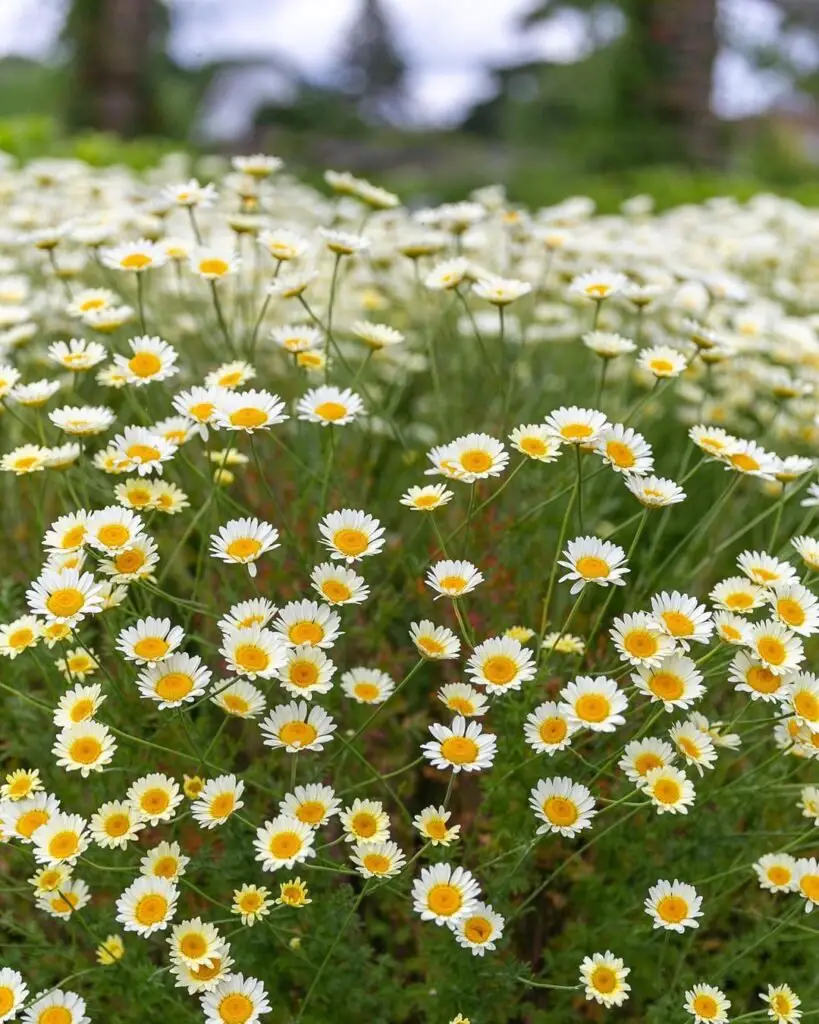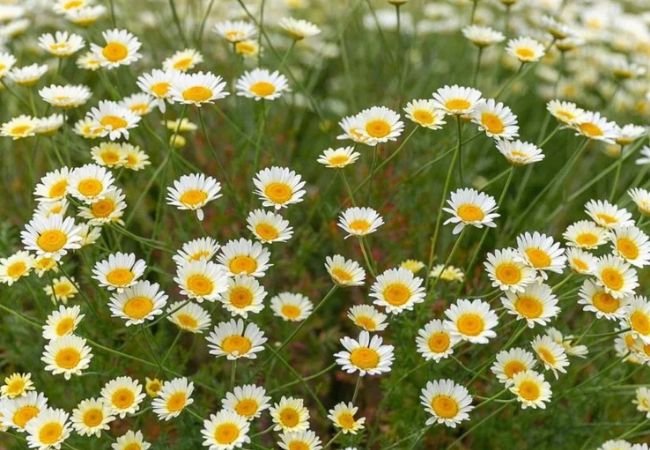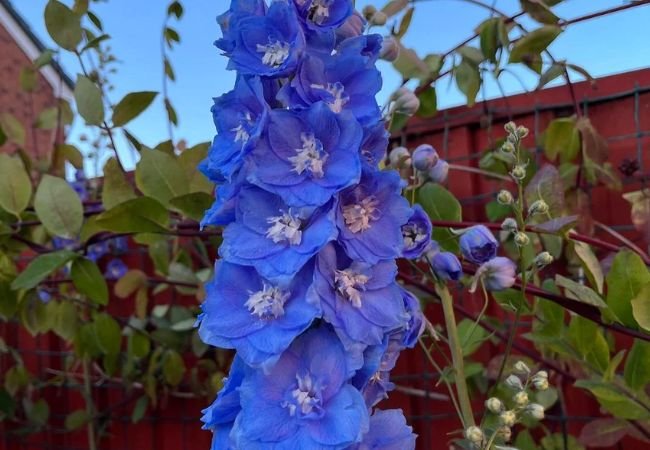Discover the charm of Daisy Flowers. Learn about their varieties, care tips, and cultural significance in this comprehensive guide to these beloved, simple blooms.
Daisies are some of the most recognizable and beloved flowers in American gardens. With their simple, cheerful appearance and ease of care, daisy flowers have captured the hearts of gardeners for generations. In this article, we’ll explore everything you need to know about growing and enjoying daisy flowers.
Here’s an easy and verified chart for Daisies:
| Category | Details |
|---|---|
| Botanical Name | Bellis perennis (English Daisy), Leucanthemum spp. (Shasta Daisy) |
| Common Name | Daisy |
| Plant Type | Herbaceous perennial |
| Hardiness Zone | Zones 4-9 (depending on species) |
| Sun Exposure | Full sun to part shade |
| Soil Type | Well-draining, fertile soil |
| Watering Needs | Average; prefers consistently moist soil |
| Growth Habit | Upright, clump-forming |
| Height/Spread | Varies by species; typically 6 inches to 3 feet tall, spread of 6-24 inches |
| Special Features | Daisy-like flowers with white, yellow, or pink petals and a yellow center; blooms in spring to summer; attracts pollinators; deer resistant |
What are Daisy Flowers?

Daisies are composite flowers belonging to the Asteraceae family. They’re known for:
- White petals surrounding a yellow center
- Long, sturdy stems
- Variety of sizes and colors in different species
- Long blooming period from spring to fall
Learn more about daisy species from the USDA Plants Database.
Common Varieties
There are many types of daisies, including:
- Shasta Daisy (Leucanthemum x superbum)
- Ox-Eye Daisy (Leucanthemum vulgare)
- Gerbera Daisy (Gerbera jamesonii)
- African Daisy (Osteospermum)
The National Garden Bureau offers more information on different daisy varieties.
Growing Daisies
Daisies are relatively easy to grow:
- Sunlight: Full sun to partial shade
- Soil: Well-draining, moderately fertile soil
- Water: Regular watering, but tolerant of some drought
- Hardiness: Varies by species, many are hardy in USDA zones 5-8
For detailed growing instructions, visit the Clemson Cooperative Extension website.
Planting and Care
To grow healthy daisies:
- Plant in spring or fall
- Space plants 1-2 feet apart, depending on the variety
- Deadhead spent blooms to encourage more flowers
- Divide perennial daisies every 3-4 years
The University of Minnesota Extension provides more tips on daisy care.
Uses of Daisies
Daisies have various uses in the garden and beyond:
- Attract butterflies and bees
- Make excellent cut flowers
- Great for cottage gardens and wildflower meadows
- Some species have medicinal uses in traditional herbalism
Learn about using daisies in cut flower arrangements from the University of Maryland Extension.
Daisies in the Garden
Daisies can be versatile additions to your garden:
- Plant in mass for a striking display
- Use as border plants
- Grow in containers
- Mix with other summer-blooming perennials
For landscaping ideas, check out the Missouri Botanical Garden guide.
Pests and Diseases
While generally hardy, daisies can face some challenges:
- May be susceptible to aphids or spider mites
- Can develop fungal diseases in overly wet conditions
- Some species may become invasive if not controlled
The University of California Integrated Pest Management offers advice on managing daisy pests and diseases.
Propagation
You can propagate daisies through:
- Division of mature plants
- Seed sowing
- Stem cuttings for some varieties
Learn more about propagating perennials from the Purdue University Extension.
Ecological Benefits
Daisies play a role in supporting local ecosystems:
- Provide nectar for bees and butterflies
- Seeds are a food source for birds
- Some native species support local wildlife
Discover more about gardening for pollinators at the U.S. Forest Service website.
Fun Facts about Daisies
- The name “daisy” comes from the Old English “daes eage,” meaning “day’s eye,” because the flower closes at night
- Daisies are edible and often used to garnish salads
- In Victorian flower language, daisies symbolize innocence and purity
Daisies in American Culture
Daisies have a special place in American culture:
- Featured in many children’s songs and games
- Often used in “He loves me, he loves me not” fortune-telling
- Shasta daisies were developed by Luther Burbank, a famous American horticulturist
Learn more about the cultural significance of flowers from the Smithsonian Gardens.
Daisies are more than just simple flowers; they’re a beloved part of American gardens and culture. With their cheerful appearance, easy care requirements, and benefits for wildlife, daisies are a wonderful addition to any garden. Whether you’re a beginner gardener or an experienced green thumb, these classic flowers are sure to bring joy to your outdoor space.
For more information on perennial flowers, visit the American Horticultural Society website.
For more gardening tips and plant care guides, visit usagardenhub.com.





